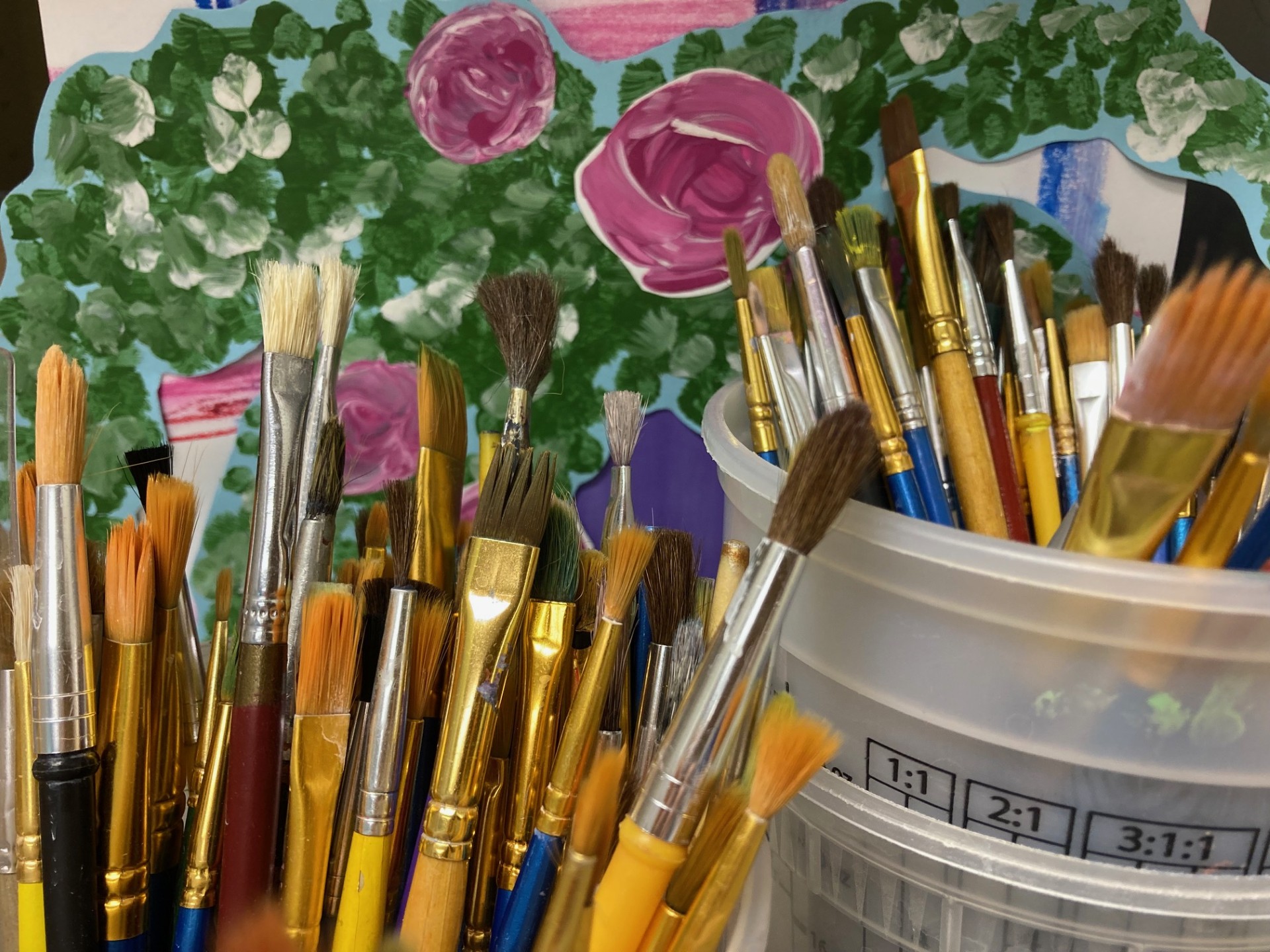
Be a classroom art docent at Wellington!
Sign up to be an art docent here (Mrs. Kehler needs an art docent)

The Role of the Art Docent
The Art Docent Program functions as an arts enrichment program led by volunteers during the school day once a month for an hour. The program strives to have at least one art docent per classroom every year. Over the years the program has served thousands of elementary students with the support of hundreds of volunteers.
Program Goals
Art Docent Program History
The Art Docent Program began in 1969 with equal contributions from Instructional Materials and elementary principals' budgets and an unequal amount of volunteer hours. The program has flourished and continues to be a quality arts literacy enrichment program provided by volunteers for all of Northshore elementary schools.
Volunteers are an important and consistent part of the elementary arts education program. By being an approving, suggesting, challenging, guiding, questioning, and prompting visitor to the classroom each month, volunteers introduce children (and teachers) to the wonders of art appreciation.
No two interpretations or dialogues of a shared experience by children are the same. Students soon learn that their creative ideas are valued and that there are no "right" or "wrong" answers. Everyone appreciates art for different reasons.
Contact erin@wellingtonpta.org or christine@wellingtonpta.org for more information!